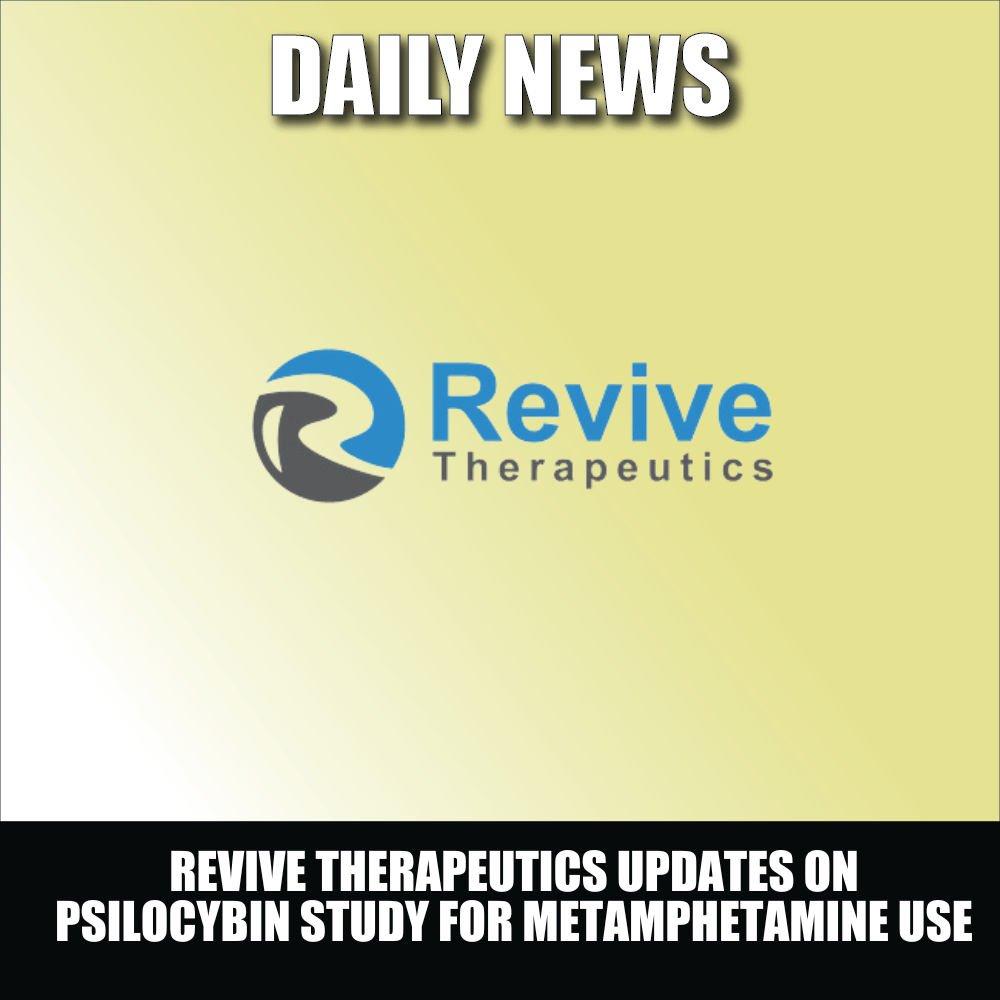Allow me to back into the lede a bit here.
THE STORY OF ROCKERFELLER VS THE WORMS
In the early part of the 20th century, the American South was known colloquially as ‘the hookworm belt.’
Hookworms are parasites that like a human host. They corkscrew into your feet when you walk by them barefoot, travel through your blood stream, into your lungs, then back down your throat into your intestines, where they hook in for as long as five years and lay tens of thousands of eggs. Then the larvae leaves your body when you poop, and waits in the grass for the next person to come along whereby the cycle repeats.
They cause exhaustion, low immunity from disease, breathing issues and more, and for decades were the reason people from the American south were widely considered to be sickly and lazy. While the northerners were regularly using outhouses and shoes, the post-Civil War poor folk of the south were often not, and that mean they were usually rife with worms, which left them unable to work, learn, and in some cases function as people.
Why am I telling you this?
Because during those decades, economic growth suffered by as much as 25%, as did literacy, workplace productivity, maternal health and life expectancy.
Folks didn’t know WHY southerners were ‘lazy,’ just that they might need to bring in a northern workforce if they were setting up any sort of southern commercial enterprise.
Eventually doctors figured it out, but it took a mammoth philanthropic investment by John D. Rockerfeller to set up traveling clinics and education programs on how to build a proper outhouse, and wash your food, and wear shoes outside, before a dent was made in the great hookworm productivity crisis of the American south, which was a still a thing as late as the 1980’s.
The first issue was figuring out what was wrong. The second issue was convincing people of it. Then, and only then, would work begin on ridding them of the problem.
LONG COVID, THE HOOKWORM OF THE 21ST CENTURY
I’m going to get real with you for a moment here. During the pandemic, I got Covid-19 twice, once before the vaccinations landed, once after. It messed me up.
The first hit was a month-long sweat-, cough-, and sleep-fest that took me out of all human interaction, which was okay because we were locked down and not exactly partying every day,
The second hit was less damaging, thanks to the vaccine, but still a good two-weeks of hiding from life.
The illness spells sucked, to be sure, but the after-effects were far worse. For over a year, long covid had me by the throat. I couldn’t look at a screen for long periods. My brain was foggy. I’d wake in the morning and try to do something mundane and instantly my energy meter was down to zero.
I’d forget what I was talking about while I was talking. I’d have dizzy spells. If you recall a period where this site was mostly video content where I looked like a wet rat with a baseball cap, that’s because I just couldn’t write anymore. Couldn’t keep my train of thought. Couldn’t read long documents and financials, let alone build storylines. Standing in line at the bank for 15 minutes would leave me needing to sit down to recover.
For a long time I wondered if that was just who I was now, if my writing career had come to a long, rolling stop, like a slow motion train crash.
This madness would, thankfully, eventually pass but that lost year-plus damaged my relationships, my career, my business – and there was nobody who could diagnose the problem accurately, nor treat it in any reliable way. Indeed, there are still days that fog comes back, even years later.
Effectively, we are at that hookworm inflection point, where nobody talks about the problem because we have no way of really dealing with it, so we just suffer in silence and keep trying to show up for work but whoever can solve that problem changes the world forever.
THE LONG COVID DILEMMA
Long Covid, the lingering ghost of its more acute viral counterpart, has mystified doctors and ravaged literal millions. Symptoms range from the debilitating fatigue that swallows whole days to the fog that clouds minds, making the mundane seem Herculean. It’s a diagnosis as elusive as the cure, with treatments akin to slapping band-aids on a broken leg.
Why? Because long Covid is a chameleon, changing its colors for each person it touches, making it a nightmare to diagnose and a behemoth to treat.
And with economic costs of long Covid potentially spiraling to a staggering $3.7 trillion in the US alone, according to Harvard’s David Cutler, PhD, the stakes couldn’t be higher.
The US CDC estimates 7.5% of U.S. adults are haunted by long covid, with as much as 20% of the workforce having dealt with it since the pandemic, but without an accurate way to diagnose sufferers, much of that population will go untreated and show itself in vastly larger rates of depressed productivity, employee churn,. and increased healthcare costs.
(For those dealing with it today, I’d tell you microdosing magic mushrooms helped me a ton in reestablishing the brain activity that I’d thought I lost but. adimittedly, if you don’t live in a city like Vancouver, where magic mushroom stores outnumber banks, that might not help you much.)
THE LONG COVID OPPORTUNITY
When the world was searching for a Covid vaccine, Revive Therapeutics (RVV.C) was on the job, armed with Bucillamine—a drug not new to the market but sporting a fresh coat of potential during the pandemic. This isn’t just any medication; it’s a thiol-based contender with a one-two punch of anti-inflammatory and antiviral properties – a Swiss Army knife in the medical toolkit that for a time was touted as a potential Covid-19 treatment.
Indeed, it got to phase III trials before better financed Big Pharma options crossed the finish line, but the drug isn’t back on the shelf; in fact, it’s now being sharpened for battle against chemical nerve agents (through a partnership with the Canadian military) and, more recently, identifying long COVID.
WHY BUCILLAMINE?
The backstory: On July 6, 2023, Revive announced findings that would make any investor’s ears perk up. In their study for using bucillamine against mild to moderate COVID-19, they found zero deaths and fewer hospitalizations in the Bucillamine-treated groups compared to placebo, especially at higher doses. If that’s not enough to raise eyebrows, consider this—patients with oxygen levels in the danger zone saw significant improvements, a beacon of hope for those gasping in the shadow of long COVID.
A study titled “Thiol-based drugs decrease binding of SARS-CoV-2 spike protein to its receptor and inhibit SARS-CoV-2 cell entry,” showed that thiol-based drugs, like bucillamine, decrease the binding of SARS-CoV-2 spike protein to its receptor, decrease the entry efficiency of SARS-CoV-2 spike pseudotyped virus, and inhibit SARS-CoV-2 live virus infection. These findings uncovered a vulnerability of SARS-CoV-2 to thiol-based drugs and provided a rationale to test thiol-based drugs such as bucillamine as a novel treatment for COVID-19.
There was a ton of interest in bucillamine when Covid first landed, but more recently the market has moved on to shinier things – right as Revive spotted sideways shifts that could bring Bucillamine new life.
To be clear, Revive Therapeutics isn’t throwing darts in the dark here. They’re leveraging published research, previous trial data, and a proposed clinical protocol that, once they find a willing trial partner, will be FDA-bound.
They’re not going to do that alone, as FDA trials are expensive, but there will be plenty of companies with deep FDA experience that’ll give this a once over.
Bucillamine’s journey from potential COVID-19 treatment to long COVID saviour is a testament to the company’s commitment to infectious diseases and rare disorders. With the FDA’s regulatory incentives like emergency use authorization and fast track designation in their corner, Revive isn’t just chasing buzzword treatments; they’re leading the charge against an issue that, like the aforementioned parasite problem, most people aren’t talking about but many people are suffering from.
Revive has been sitting on or near $0.03 for most of the last year, but lately has been trying hard to get momentum, even hitting $0.045 earlier this month before profit-taking set in. News flow has been solid, new investors have been finding the stock, and for mine things are well positioned for an upswing as the recent push to new FDA trials gains speed.
Watchlist.
—
— Chris Parry
FULL DISCLOSURE: Revive is an Equity.Guru marketing client and we’ve been picking up stock







